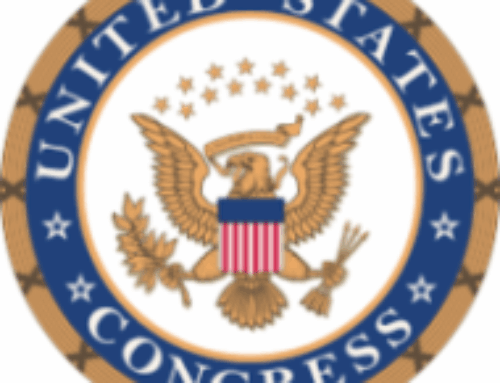CENTER UPDATE | APRIL 2025
In this Issue:
- Supreme Court Case Could Disrupt Free Preventive Healthcare Access
- 35% of U.S. Adults Cannot Afford Health Care
- U.S. Adults are Still Behind on Cancer Screenings
- Unnecessary Imaging Scans Contributing To Climate Change
- Copay Waivers Boost Medication Adherence for Low-Income Medicare Members
- Medical Credit Card Use Highest in Dentistry and Podiatry Practices
- Medically Tailored Meals Improve Health Outcomes and Cut Costs Nationwide


Supreme Court Case Could Disrupt Free Preventive Healthcare Access
On April 21, the U.S. Supreme Court will hear Kennedy v. Braidwood, a case that could affect access to no-cost preventive healthcare for over 150 million Americans. At the heart of the lawsuit is a challenge to the Affordable Care Act’s requirement for insurers to cover preventive services without out-of-pocket costs, such as cancer screenings, vaccinations, and HIV prevention. Advocacy groups, including United States of Care, warn that a ruling against the mandate could create financial and access barriers for patients, and introduce confusion into the healthcare system. Read more about the case.


35% of U.S. Adults Cannot Afford Health Care
The latest West Health-Gallup Healthcare Affordability Index found about 35% or 91 million people in the U.S. report they cannot afford to access quality health care. Affordability issues are most severe among Hispanic (52%) and Black (46%) adults, and among those earning under $24,000 annually. Researchers warn these disparities are widening and call for urgent policy action.
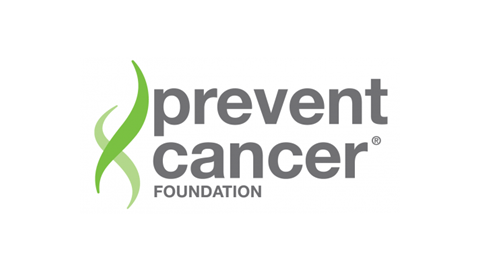
U.S. Adults are Still Behind on Cancer Screenings
The Prevent Cancer Foundation’s 2024 Early Detection Survey revealed that nearly 70% of U.S. adults are behind on at least one routine cancer screening. While lack of awareness was the most cited reason overall, barriers varied: cost and fear of diagnosis for Hispanic adults, health system skepticism for Black adults, and screening anxiety for Asian adults. These disparities highlight the need for targeted education and access efforts.

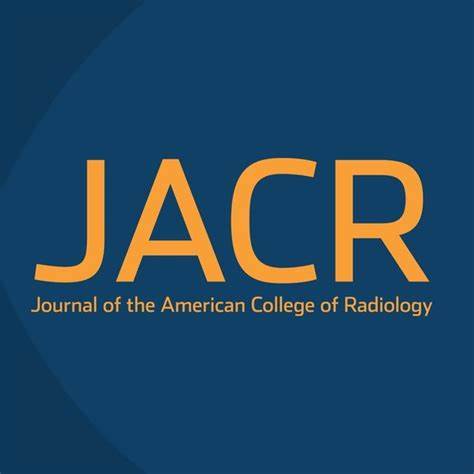
Unnecessary Imaging Scans Contributing To Climate Change
A study found that low-value medical imaging among Medicare beneficiaries from 2017 to 2021 produced between 3.55 and 129.2 kilotons of CO₂-equivalent emissions annually. This is comparable to the yearly electricity use of towns ranging from 2,000 to 72,000 residents. MRI and CT scans were the primary contributors.

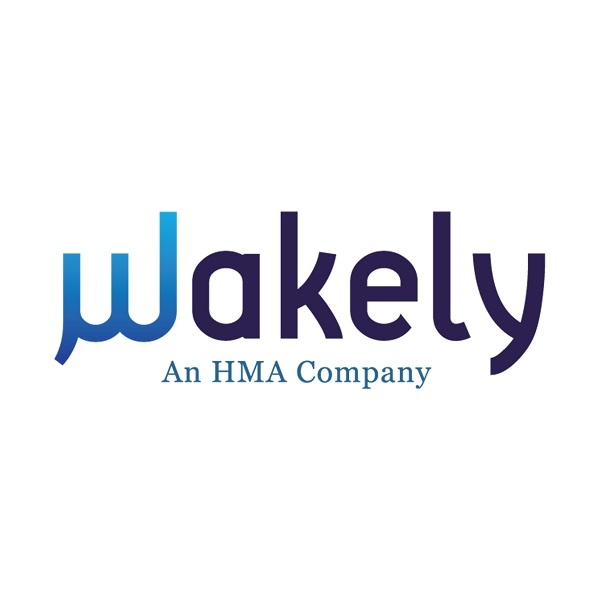
Copay Waivers Boost Medication Adherence for Low-Income Medicare Members
A Wakely study of Dual Special Needs Plan (D-SNP) members found that waiving Medicare Part D copays under the V-BID model significantly improved adherence for conditions like diabetes, hypertension, and high cholesterol. The greatest gains were seen among disabled individuals and those with very low incomes. With the V-BID model set to end in 2026, the findings highlight the need for continued access to affordable medications.

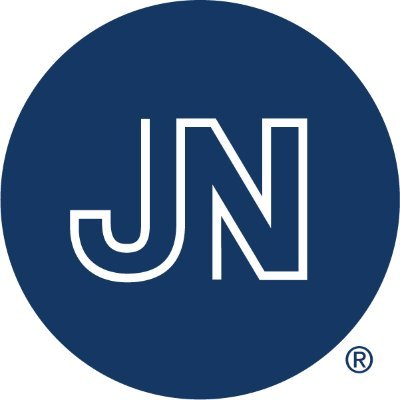
Medical Credit Card Use Highest in Dentistry and Podiatry Practices
A recent cross-sectional study published in JAMA Health Forum examined the prevalence of medical credit card use across physician specialties. Among 180,311 practice locations nationwide, dental (67.0%), podiatry (45.7%), and chiropractic (29.7%) practices were the most likely to contract with financial firms offering medical credit cards. These cards, while offering short-term deferred interest, often carry high long-term costs and may put financially vulnerable patients at risk.
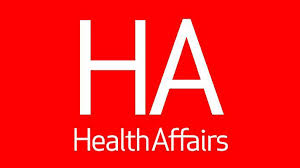
Medically Tailored Meals Improve Health Outcomes and Cut Costs Nationwide
A new study found that providing medically tailored meals (MTMs) to patients with diet-sensitive conditions can reduce hospitalizations and save up to $6,299 per patient annually in states like Connecticut. MTMs were cost-saving in 49 states and cost-neutral in Alabama. The greatest benefits were seen in patients with heart failure or diabetes
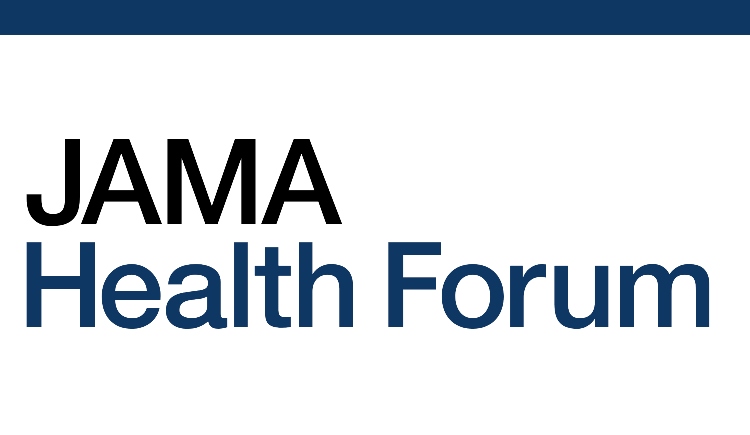
Copays for Patient Portal Messages Among Older Adults Vary by Insurance Type
A recent national survey of adults aged 50+ found that while most use patient portals, only 13.1% reported being charged a copay for messaging providers. Copays were most common among those with private insurance (16.6%) and Medicaid or dual eligibility (15.9%). These fees may discourage portal use, especially among lower-income individuals.
Missed an Issue of Our Newsletter?
You can always find previous editions of our weekly newsletters on our website here.





